Biohazard cleanup is a critical and essential process for maintaining safety and health in homes and properties.
But what exactly does it entail?
This guide will help homeowners understand the ins and outs of biohazard cleanup. It covers everything from the types of situations that require it to the necessary safety measures.
We’ll also delve into the role of professional biohazard cleanup services as their expertise is invaluable in dealing with hazardous materials.
Lastly, we’ll touch on the legal implications of improper cleanup. It’s crucial to know how to navigate these situations correctly.
Stay tuned to learn more about this vital process.
Understanding Biohazard Cleanup
Biohazard cleanup involves removing hazardous biological materials like blood, bodily fluids, and other infectious materials.
It’s more than just cleaning; it’s about complete decontamination. The aim is to restore safety and eliminate health risks.
Professionals in biohazard remediation follow strict protocols. These ensure thorough cleaning and proper disposal of hazardous waste. Proper biohazard cleanup is essential to prevent the spread of diseases.
When Is Biohazard Cleanup Necessary?
Not every mess requires biohazard cleanup. It’s specific to certain situations that pose significant health risks.
Scenarios where biohazard cleanup is necessary include:
- Crime scenes with bodily fluids
- Unattended deaths
- Contagious disease outbreaks
- Accidents involving blood
These situations involve harmful materials. Thus, biohazard cleanup ensures they are handled safely and effectively to prevent exposure to dangerous pathogens.
The Risks of Biohazards in Your Home
Biohazards pose serious health threats. They carry pathogens like viruses and bacteria, which can lead to severe illnesses.
Bloodborne diseases are a primary concern. Infections like HIV and hepatitis can be transmitted through contact with contaminated materials.
It’s crucial to address these risks promptly. A delayed response increases the chance of disease spread and property damage. Proper cleanup minimizes these dangers and restores safe living conditions.
The Biohazard Cleanup Process
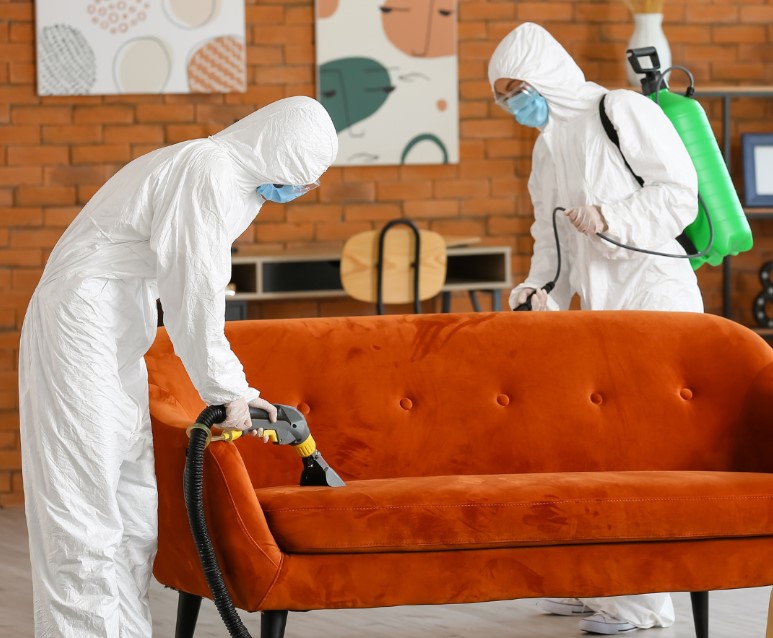
Biohazard cleanup is a precise, multi-step process. It requires careful planning and execution to ensure thorough decontamination.
The first step involves assessing the affected area. This helps determine the scope and tools needed for the task.
Following assessment, containment of the area prevents further contamination. Then comes the removal and disposal of hazardous materials.
Lastly, cleaning and disinfecting ensure all potential health risks are eradicated. Restoration returns the space to its original condition, ensuring it’s safe for inhabitants.
Step-by-Step Guide to Biohazard Remediation
Successfully addressing a biohazard situation demands a detailed approach. Specific steps must be adhered to for effective cleanup.
- Assessment: Evaluate the severity and scope of contamination.
- Containment: Seal off the area to prevent spreading contaminants.
- Removal: Carefully extract and dispose of hazardous materials.
- Cleaning: Use specialized agents to eliminate pathogens.
- Disinfecting: Ensure no harmful microorganisms remain.
- Restoration: Repair and restore the area to a livable state.
Each step is critical. Skipping any can result in incomplete decontamination. This meticulous process ensures health and safety, preventing potential diseases. Restoring cleanliness and security in affected spaces protects against future risks.
Personal Protective Equipment (PPE) for Safe Cleanup
Personal protective equipment (PPE) is crucial in biohazard remediation. It protects workers from harmful exposure to hazards.
The right equipment varies based on contamination levels. PPE for biohazard cleanup typically includes:
- Disposable gloves
- Protective eyewear
- Full-body suits
- Respirators or masks
Each piece is vital for worker safety. Proper use of PPE prevents the spread of contaminants. Additionally, adhering to PPE guidelines is mandated by OSHA, ensuring compliance with safety regulations. This ensures a safe working environment for all involved in the cleanup process.
Professional Biohazard Cleanup Services
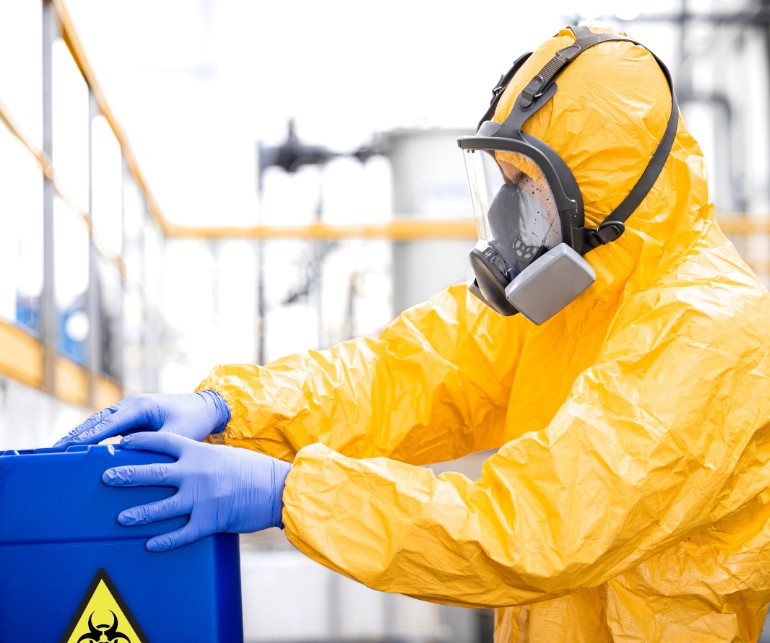
Biohazard cleanup requires specialized knowledge and expertise. Professional services offer effective and safe decontamination solutions. These professionals possess the skills to handle complex cleanup scenarios.
They follow strict protocols for safety and efficiency. Their expertise minimizes health risks and ensures thorough remediation. Hiring a professional service guarantees adherence to industry standards, safeguarding everyone involved.
Why You Should Hire Professionals
Handling biohazard situations involves significant health risks. Professionals have the training to manage hazardous environments safely. They know how to use specialized equipment and cleaning agents effectively.
Professionals also bring experience in dealing with various biohazard incidents. From crime scene cleanup to biological waste, they manage it all. This expertise provides peace of mind, knowing the job is done correctly.
Legal and Safety Considerations
Biohazard cleanup isn’t just about cleaning. It also involves strict legal and safety regulations to prevent further harm. Homeowners must understand these requirements to ensure compliance and safety.
Failure to adhere to legal standards can lead to serious consequences. This includes fines or health hazards. Engaging a professional ensures that your property meets all legal guidelines effectively.
OSHA Regulations and Compliance
The Occupational Safety and Health Administration (OSHA) sets forth regulations for biohazard cleanup. These rules protect workers and ensure the safety of the environment. Compliance with OSHA is crucial during any cleanup process.
Professionals are trained to follow these regulations. They use proper protective gear and follow protocols to minimize risks. Adhering to OSHA standards reduces the potential for accidents or exposure to harmful materials.
Proper Disposal of Biohazardous Waste
Disposal of biohazardous materials is a critical part of the cleanup process. Improper disposal can lead to environmental contamination and health risks. It’s essential to follow specific guidelines for safe waste handling.
Professional cleanup services manage waste in compliance with state and federal laws. They ensure waste is properly contained, transported, and disposed of in designated facilities. This careful handling prevents any accidental spread of contaminants and safeguards public health.
After the Cleanup: Ensuring a Safe Environment

Once biohazard cleanup is complete, ensuring a safe living space is vital. This involves thorough inspection and confirmation that all hazards have been eliminated. Professionals often conduct air quality tests and surface checks to confirm safety.
It’s crucial to address any lingering concerns promptly. This might include additional cleaning or pest control measures. Ensuring your home remains safe and habitable contributes to peace of mind and well-being.
Dealing with Psychological Impact
Biohazard situations can be emotionally challenging. Homeowners may experience stress or trauma following an incident. Acknowledging and addressing these feelings is essential to recovery.
Support from professionals, family, and community resources can be beneficial. Seeking counseling or support groups can help navigate these emotions. Ensuring mental health care is part of the aftermath process fosters holistic recovery.
Restoration and Returning to Normalcy
Restoration is a critical step in returning a property to normal. This may involve repairing any structural damage or replacing contaminated materials. Ensuring that the space is both functional and aesthetically pleasing is important.
Hiring restoration specialists can expedite the return to normalcy. They can assess and address any hidden issues, ensuring a thorough job. Ultimately, restoring the physical and emotional environment helps homeowners move forward confidently.
Conclusion and Quick Response Tips
Dealing with a biohazard situation can be overwhelming. However, understanding the process ensures a faster recovery. Hiring professionals for efficient and thorough cleanup is often the best approach.
Acting quickly minimizes health risks and property damage. Being prepared helps you respond effectively to biohazard incidents.
Quick Response Tips:
- Assess the Situation: Identify the extent of the contamination.
- Limit Access: Keep people and pets away from the affected area.
- Call Professionals: Contact certified biohazard cleanup services immediately.
- Avoid DIY Cleanup: It’s risky and often inadequate.
- Follow Guidance: Adhere to professional advice throughout the process.
For expert biohazard cleanup services in Jacksonville, contact PuroClean of Jacksonville Southbank.
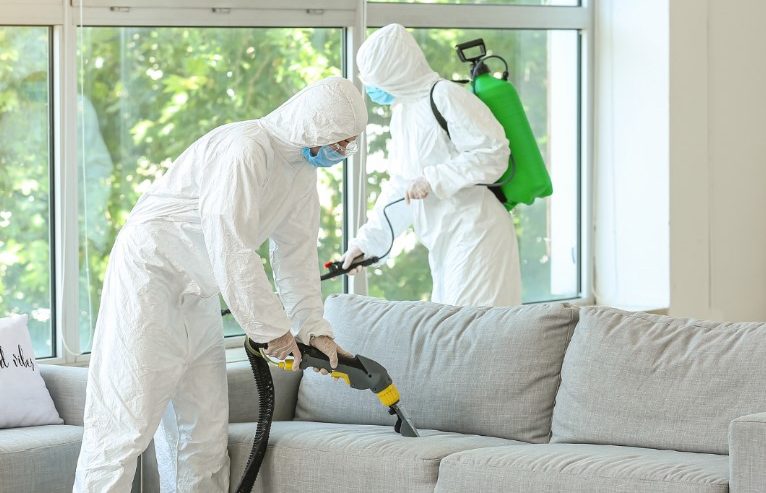
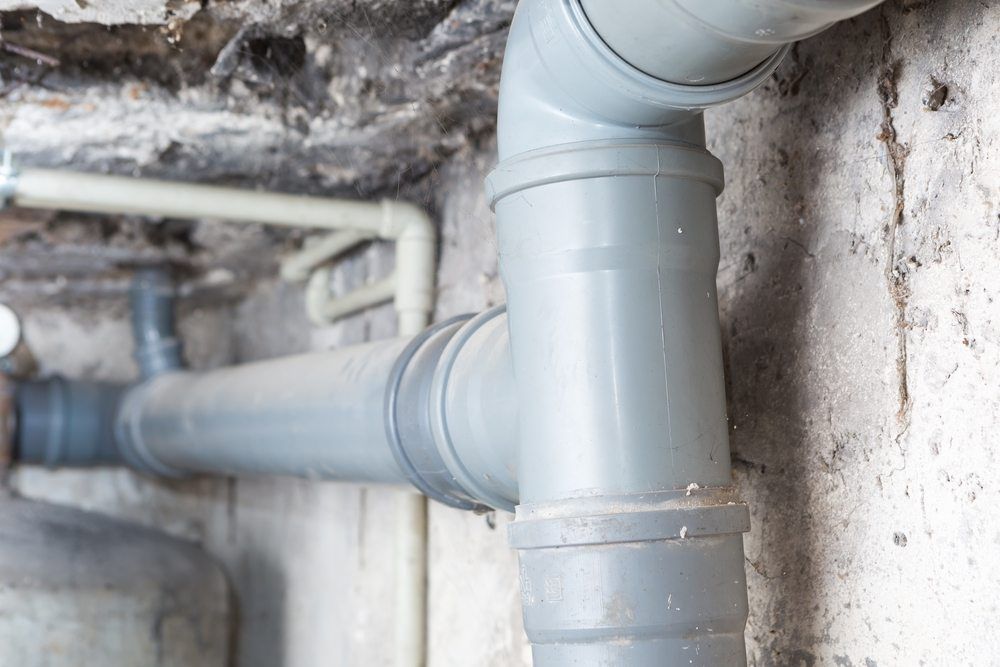
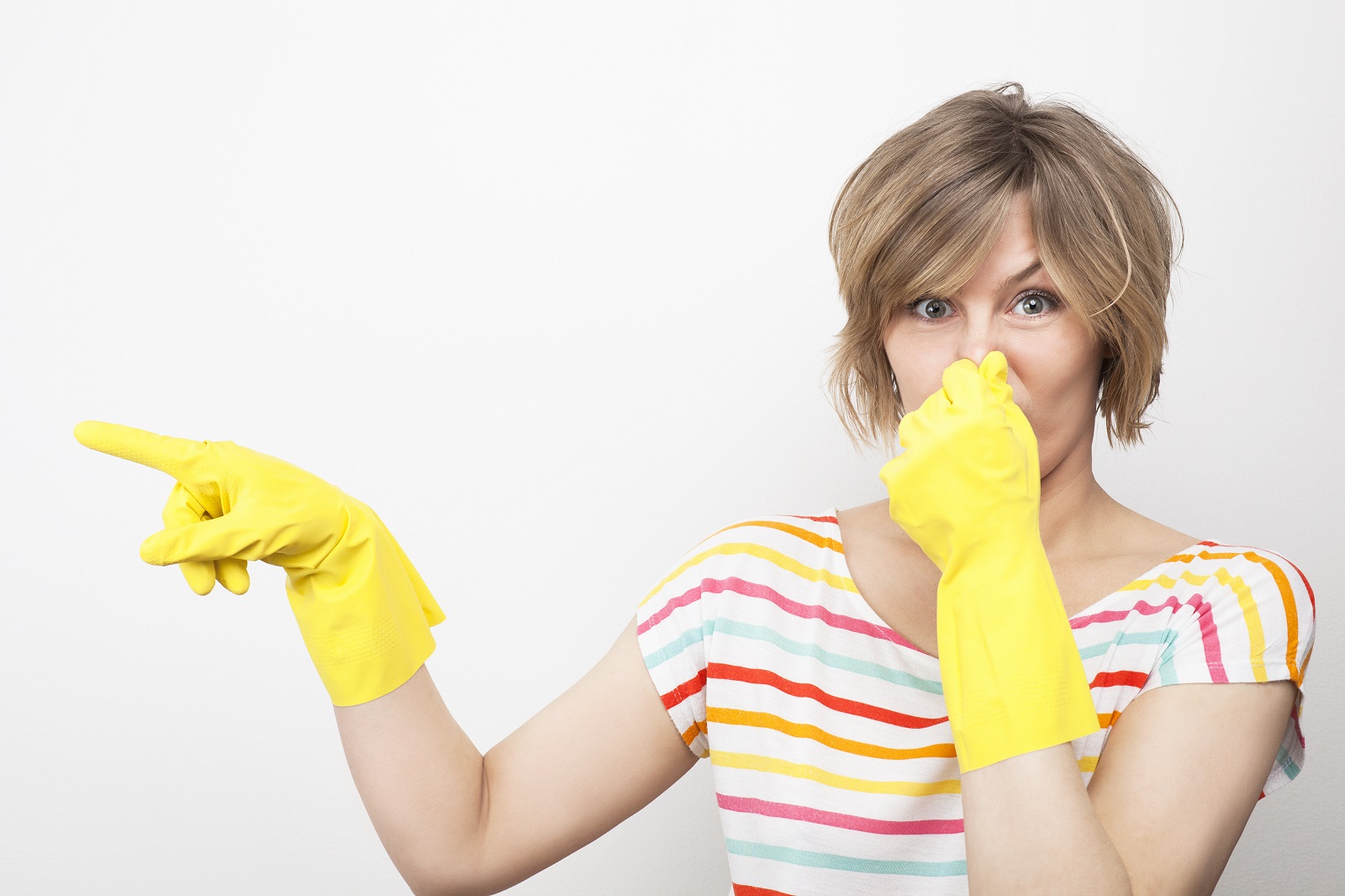
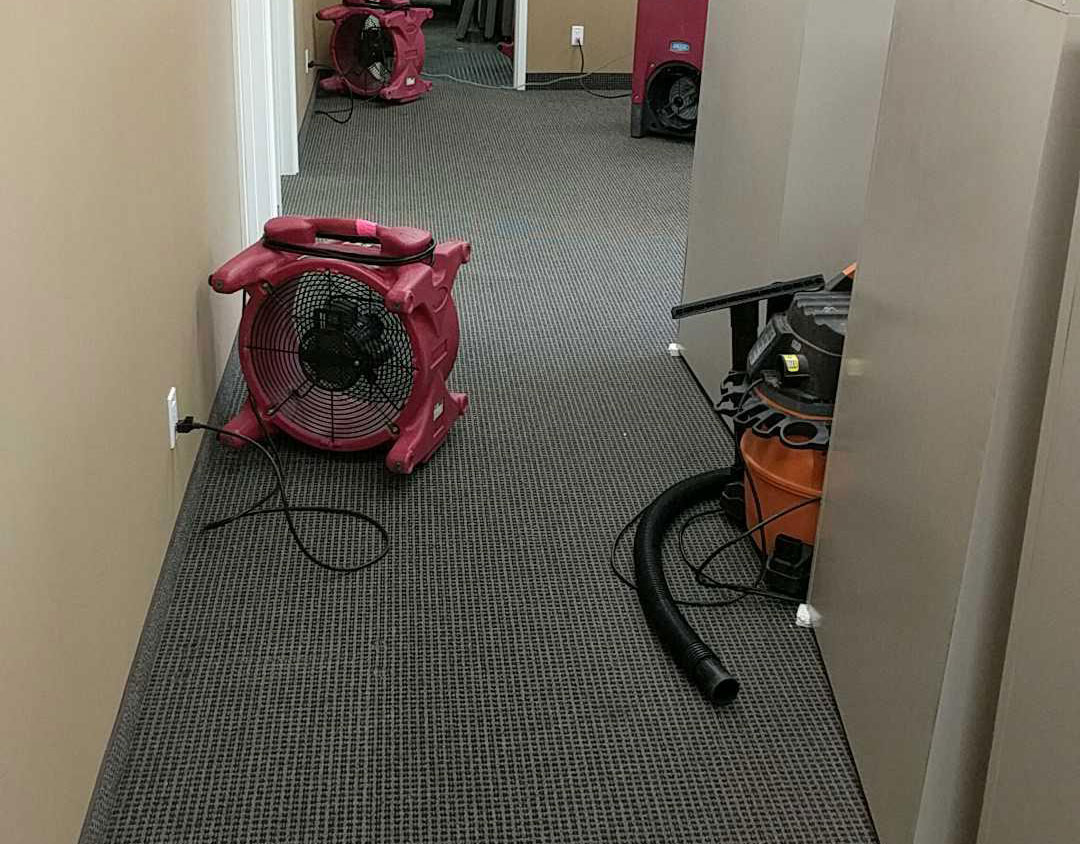
 PuroClean of Jacksonville Southbank
PuroClean of Jacksonville Southbank